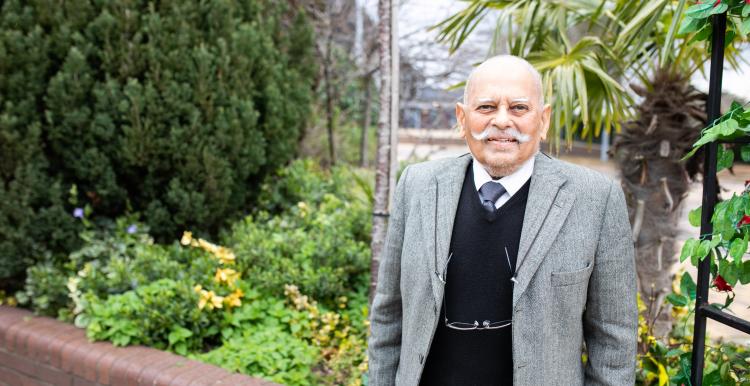How are Healthwatch and ICS's working together?

Originally published: 12 October 2021 Last updated: 25 November 2021
Background
The Health and Care Bill is expected to pass in time for changes to come into effect in July 2022. This transformation will change health and social care decision making across 42 ICS footprints. In turn, the way that people's experiences inform these decisions will also need to change.
As a local Healthwatch, you have a vital role in ensuring that the public continues to be heard. Whilst you already do this within your Local Authority boundary (at 'place' level), you will now need to work together with other Healthwatch to ensure the system acts on what they hear from communities across wider areas.
To better understand what support you need to do this, we have been working with NHS Transformation Unit to learn more about the relationship between local Healthwatch and your ICS.
What did we do?
We surveyed local Healthwatch and ICS stakeholders. The response was excellent, with answers from 103 local Healthwatch and 37 ICS patches. The breadth of information has given us a clear understanding of strong relationships and areas for improvement. Thank you to everyone who took the time to respond to this important piece of work.
What does this mean for you?
Based on the findings, your local Healthwatch should consider:
- Developing and presenting a strong, clear, evidenced-based case to ICS leaders
This would demonstrate the value of Healthwatch, supporting the ICS to place Healthwatch appropriately in its governance framework during their consultation on their constitution. - Formalise agreements
Multiple local Healthwatch organisations within a single ICS boundary should develop formalised agreements on the terms of their collaboration at ICS level. These agreements should set out joint working arrangements and data sharing agreements as well as clarity on key contacts for ICS engagement, ideally via a single point of contact. - Working with the voluntary sector
Healthwatch and the voluntary sector have a strong track record of working in partnership. This can be built on by local Healthwatch and the voluntary sector collaborating closely to ensure the public’s views inform the decisions made by the ICS. Local Healthwatch should explore this further to establish a form of collaboration and intelligence sharing with the voluntary sector and agreeing channels for representation of people’s views to ensure that they have maximum impact. - Proactively offer support
Local Healthwatch should proactively approach their ICS to support the development or revision of the people and communities engagement strategy, its delivery and in supporting the reporting back on its performance through ICS assurance processes. - Establish governance responsibility
Local Healthwatch should also engage with their ICS to establish who will have governance responsibility for engagement with people and communities.
Download the findings
The full survey findings and our executive summary provides more information for what you should consider when working with your ICS.
Six ways Healthwatch and ICS's are working together to improve care for local communities
Across the country, local Healthwatch have been representing the public voice and helping ICS's understand what matters most to the people they serve.
Here are six examples of how a successful partnership can improve care:
What should I do next?
We encourage you to read these documents, share them with your ICS colleagues and discuss together across your patch where you may need to take action to improve your collaboration between local Healthwatch and with your ICS?
What support can you expect?
We will be joining your regional meetings soon to present these findings and provide an opportunity to discuss how they might be relevant for your area. This will also give us a better understanding of what support you need moving forward.
Over the next few months, we will be sharing tools that you can use locally to help formalise relationships with other local Healthwatch, your ICS, and working with the voluntary sector. We'll also be publishing a series of case studies, so you can see examples of best practice taking place, which you can apply in your area.
